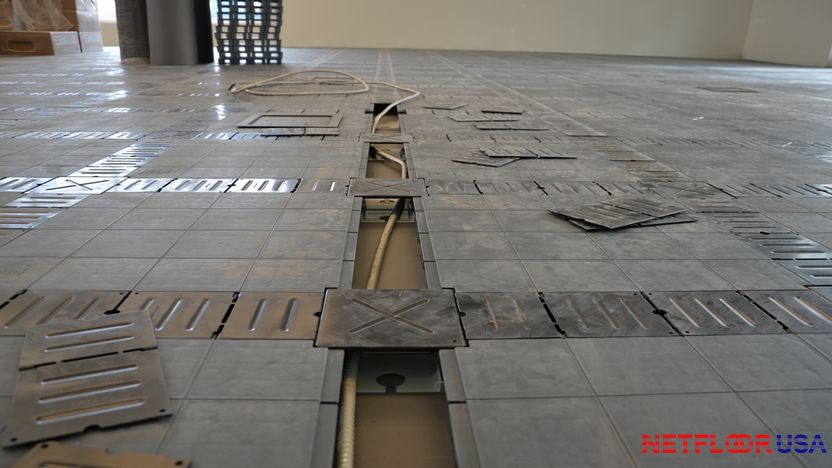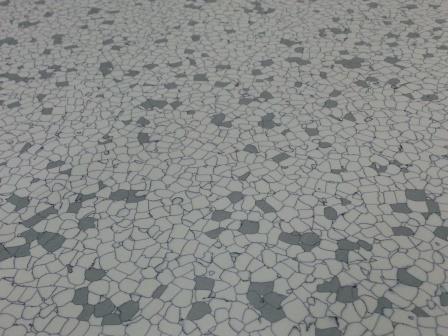

We get asked a lot of questions by our customers, and one of the most common questions is: "How strong are your raised floors?"
It's a great question, and the answer depends on which raised access floor we are talking about. We have cable management floors from a mere 1.5" high to over 6 feet high, and we have different types of panels depending on what you need for your building.
Need Help Deciding? Here is our guide to our different Cable Management Floors.
Specifications Are Important, But...
There is certainly a time and a place for official specifications and test reports. Architects and engineers are especially interested in this type of data. But most end users have a specific need, and it's not usually answered by any technical specification. Most customers want some sort of real world evidence that a Netfloor USA access floor can handle whatever it is they have to support.
Data Center managers have heavy server racks they want to put on top of the floor, and want to know if two fully loaded blade chassis in a standard 42-48U rack is too much for our access floors. Good luck finding THAT in any specifications.
Librarians want to know if our cable management floors can handle thousands of pounds of books and the heavy bookshelves they're stored on. I haven't seen any spec that mentions THAT.
Office managers want to know if their employees' cubicals and demountable walls can be built on top of our low profile floors. Again, you'd be hard-pressed to find THAT exact configuration in any spec.
What most customers really want to know is if a Netfloor USA access floor can handle a wide range of heavy things that are going to be put in their data center/office/library/command & control center, etc.
Putting Netfloor USA to the Test
There are all sorts of official tests you can use to test an access floor. It is important to know the load rating, crush strength, rolling load capability, etc. To be honest, very few, if any, of our customers ask for such data.
Architects? Sure, they want the data to put into the spec. Engineers? Of course! They want to make sure they're designing a system that will stand the test of time. End users, on the other hand, just want to know that it will work for them.
Access Floor Samples Have Many Uses
The other day, I was cleaning out my car when I realized I had several full size flooring panels in the trunk of my car. I use these to show architects, engineers and end users what types of access flooring they can choose from.
So instead of taking up space, I thought I'd put them to good use. These happened to be a couple of 60mm (2.36") Netfloor USA ECO floor panels. They're made from high-strength polypropylene. Yes, that means they are plastic panels. How strong could they really be?
What if I drove my car across the access floor panels?
No, this isn't a question any customer has asked, but it seemed pretty interesting to me. Definitely more interesting than some boring specifications that don't always reflect real world applciations. I wasn't sure what would happen, but I knew it'd be cool no matter what.
And after we were done, we inspected the 2 access floor panels, and they looked to be in perfect condition.
Each panel has 64 micro-pedestals, which helps distribute the load more uniformly than a standard access floor.
So if you have a question about your facility, and want to know if our access floors can handle your heavy equipment/walls/cubicals, remember, our floors are strong enough to drive a car on.
Still not convinced? Send us an email or use or contact form and let us know how we can help!



